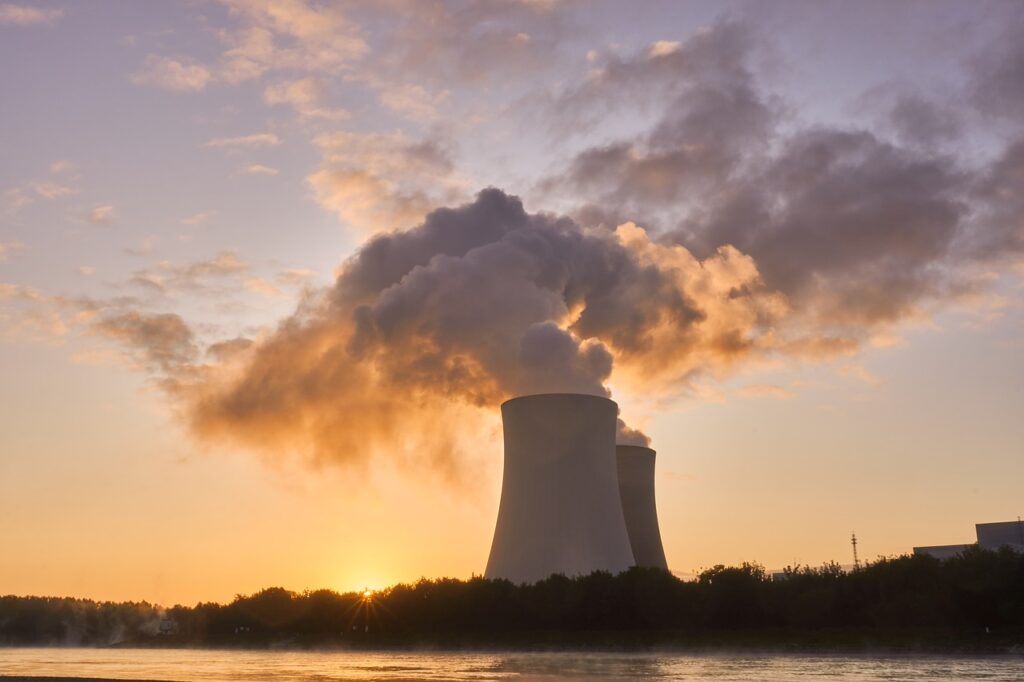In recent years, the government has been focusing heavily on nuclear energy as a key component of its energy strategy. This renewed interest largely centers around modular reactors, which are smaller and more flexible than traditional nuclear power plants.
Modular reactors are designed to be constructed in factories and then transported to their intended location, making them more adaptable and potentially quicker to deploy.
One of the main attractions of modular reactors is their size. Being smaller means they require less initial investment, making them more accessible to a range of countries, including those with less capital. Additionally, the reduced size can help address safety concerns, as they are often constructed with advanced safety features that make them less susceptible to catastrophic failures.
As global energy demand continues to rise, modular reactors present a viable solution for meeting these needs while addressing environmental concerns. Traditional fossil fuels, with their high carbon emissions, are increasingly seen as unsustainable. Nuclear power, on the other hand, offers a low-carbon alternative. By focusing on modular reactors, the government is positioning itself to meet both energy and environmental goals.
Beyond providing clean energy, modular reactors offer economic and strategic benefits. Developing and implementing this new technology could create jobs in manufacturing, construction, and operations. Furthermore, by advancing nuclear technology, the government can enhance its energy security and reduce reliance on foreign energy sources. This strategic positioning is crucial as energy independence becomes a priority for many nations.
Stay updated on the latest in energy! Follow us on LinkedIn, Facebook, and X for real-time news and insights. Don’t miss out on exclusive interviews and webinars—subscribe to our YouTube channel today! Join our community and be part of the conversation shaping the future of energy.





